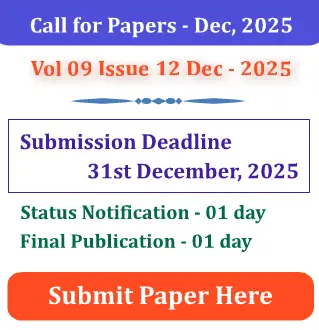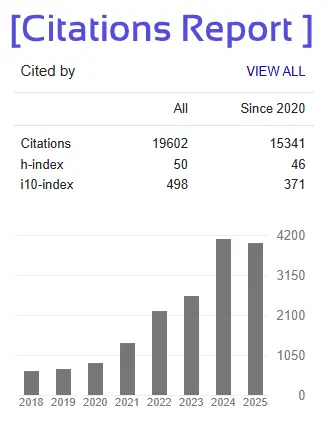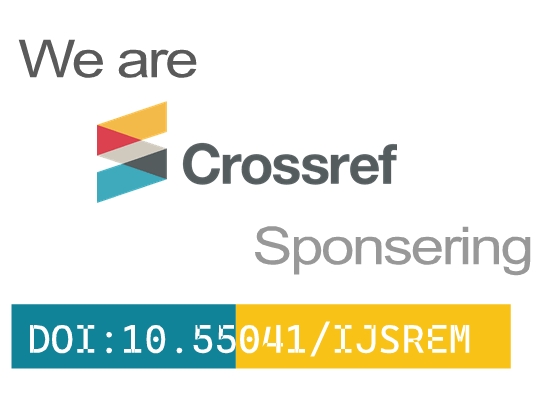Traffic Sign Detection Using Machine Learning
Darshan Gowda H R1, Dr. H K Madhu2
1 Student, Department of MCA, Bangalore Institute of Technology, Karnataka, India
2 Associate Professor, Department of MCA, Bangalore Institute of Technology, Karnataka, India
ABSTRACT
Traffic sign recognition has become a crucial component of modern transportation, especially with the rise of autonomous vehicles and intelligent driver assistance systems. Accurate recognition of traffic signs allows vehicles to make safe driving decisions and reduces accidents caused by human error. This project presents a complete deep learning-based pipeline for traffic sign recognition using Convolutional Neural Networks (CNNs). The workflow begins with structured datasets containing traffic sign images, each mapped to class labels, and includes proper train-test-validation splits to ensure fair evaluation and reduce overfitting. Preprocessing techniques such as grayscale conversion, histogram equalization, and normalization are applied to enhance image quality and consistency, while data augmentation using random shifts, zooming, rotations, and shearing makes the model more robust to real-world variations. The CNN architecture is designed with convolutional and pooling layers to extract meaningful visual patterns, dropout layers to avoid overfitting, and fully connected layers with softmax activation to classify images into their respective categories. Training is carried out using the Adam optimizer and categorical cross-entropy loss, with accuracy tracked across epochs and visualized using learning curves. Once trained, the model is evaluated on unseen test data to validate its generalization capabilities. Overall, this project demonstrates an end-to-end system that automates the entire traffic sign recognition pipeline—from preprocessing to classification—leveraging the strengths of CNNs to learn features directly from data. By integrating augmentation, dropout, and preprocessing strategies, the system addresses challenges such as varying lighting, environmental conditions, and dataset limitations, ultimately paving the way for safer, more reliable applications in autonomous driving and road safety technologies.
Keywords:Traffic Sign Recognition, Autonomous Vehicles, CNNs, Deep Learning, Preprocessing, Data Augmentation, Feature Extraction, Dropout, Softmax, Adam Optimizer, Model Evaluation, Road Safety, Autonomous Driving.







